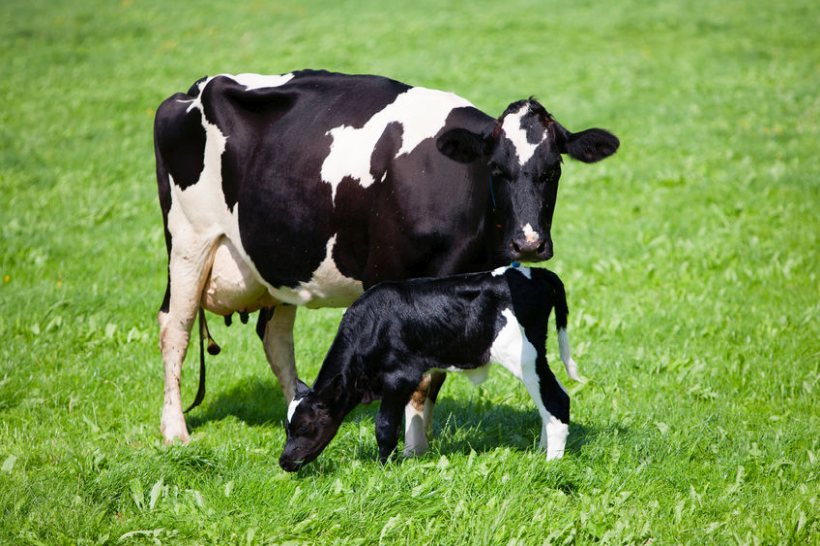
Organic milk production in Britain averaged 1.1 million litres a day in May, down nearly 10 percent compared to the same period last year.
Over the 2023-2024 milk year organic production was 14% down on 2022-2023, according to new figures published by AHDB.
Production has declined significantly in recent years, primarily due to weakening consumer demand caused by the cost-of-living crisis.
Many organic farmers have reverted to conventional production due to high costs and low availability of organic feed, which put pressure on profit margins.
Whilst organic production does command a premium, AHDB said some farmers felt the premium offered was not sufficient to encourage them to maintain production.
Organic dairy products make up a small proportion of overall category sales. The yogurt category has the highest proportion of organic product sales at 8% in volume terms, and this proportion falls to 3% for milk, 1% for butter and less than 1% for cheese.
Volumes of retail sales for organic were in double digit decline last year but the latest figures from Nielsen, which tracks shopper purchases, may indicate the tide has started to turn.
For the 12-week period ended 18 May sales of organic milk increased by nearly 4%, in contrast to a slight decline for the total cow’s milk category.
AHDB said that improved demand for organic dairy products was good news for organic dairy farmers, as it provided upward pressure to prices.
However, consumer confidence, while increasing, was 'fragile' and further economic shocks and uncertainty could put a dampener on the return of demand.
AHDB said: "For farmers considering switching from conventional production to organic it will be important to understand the market you will be moving into, and how consumer demand impacts in across the economic cycle.
"Whilst positive, these retail results are for a short 12-week period. This is an area we will monitor moving forward."
